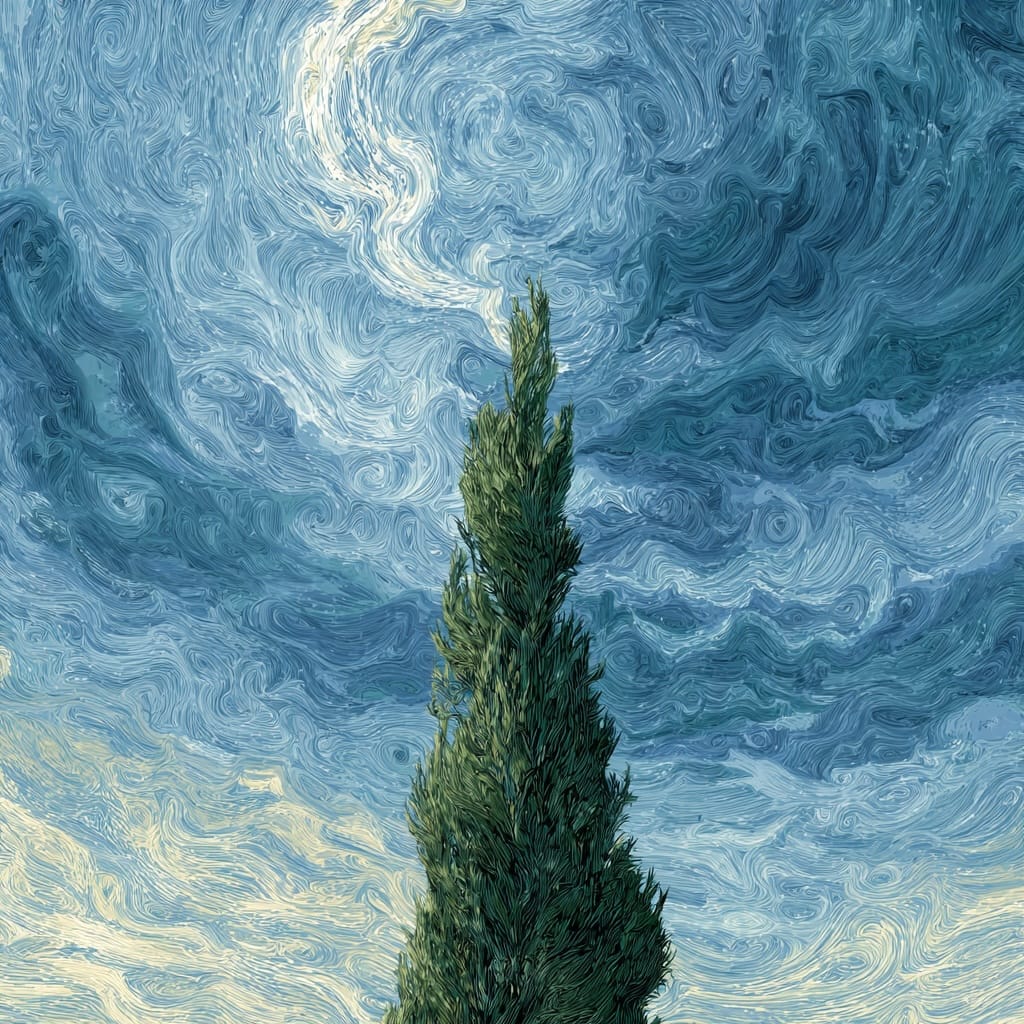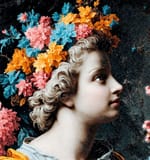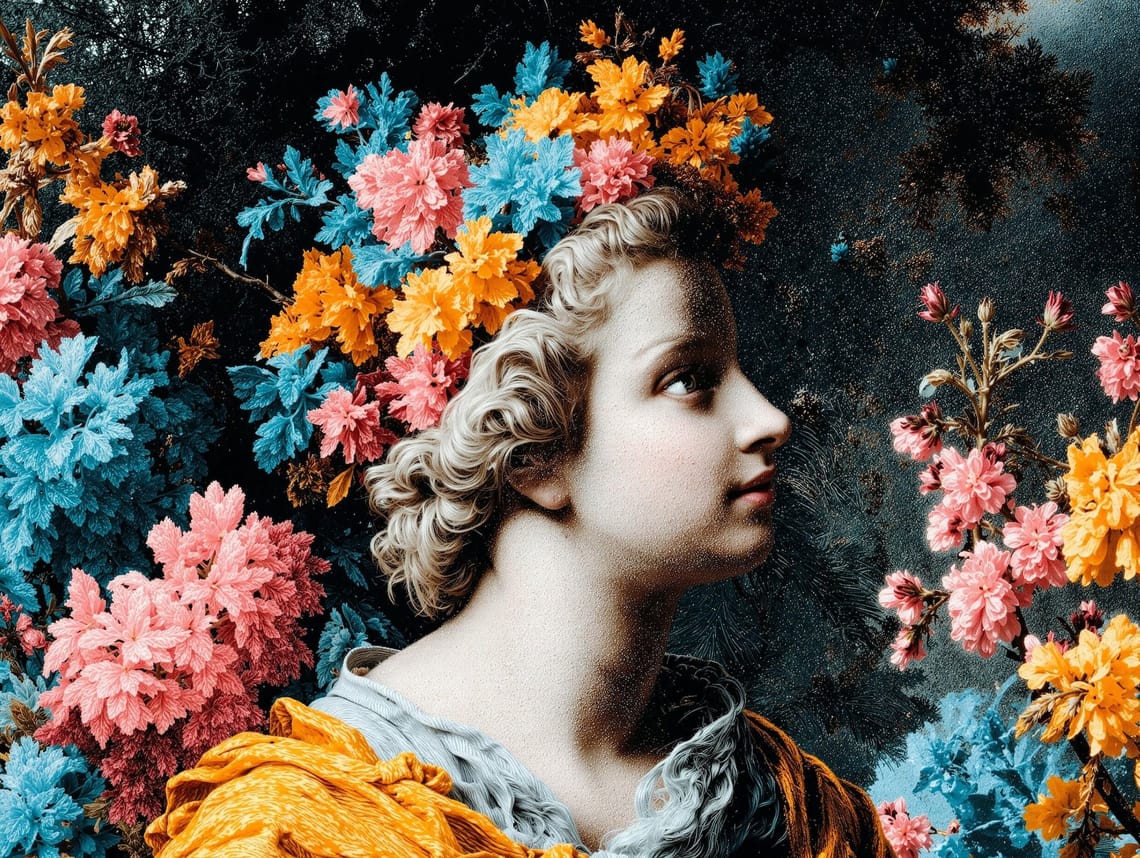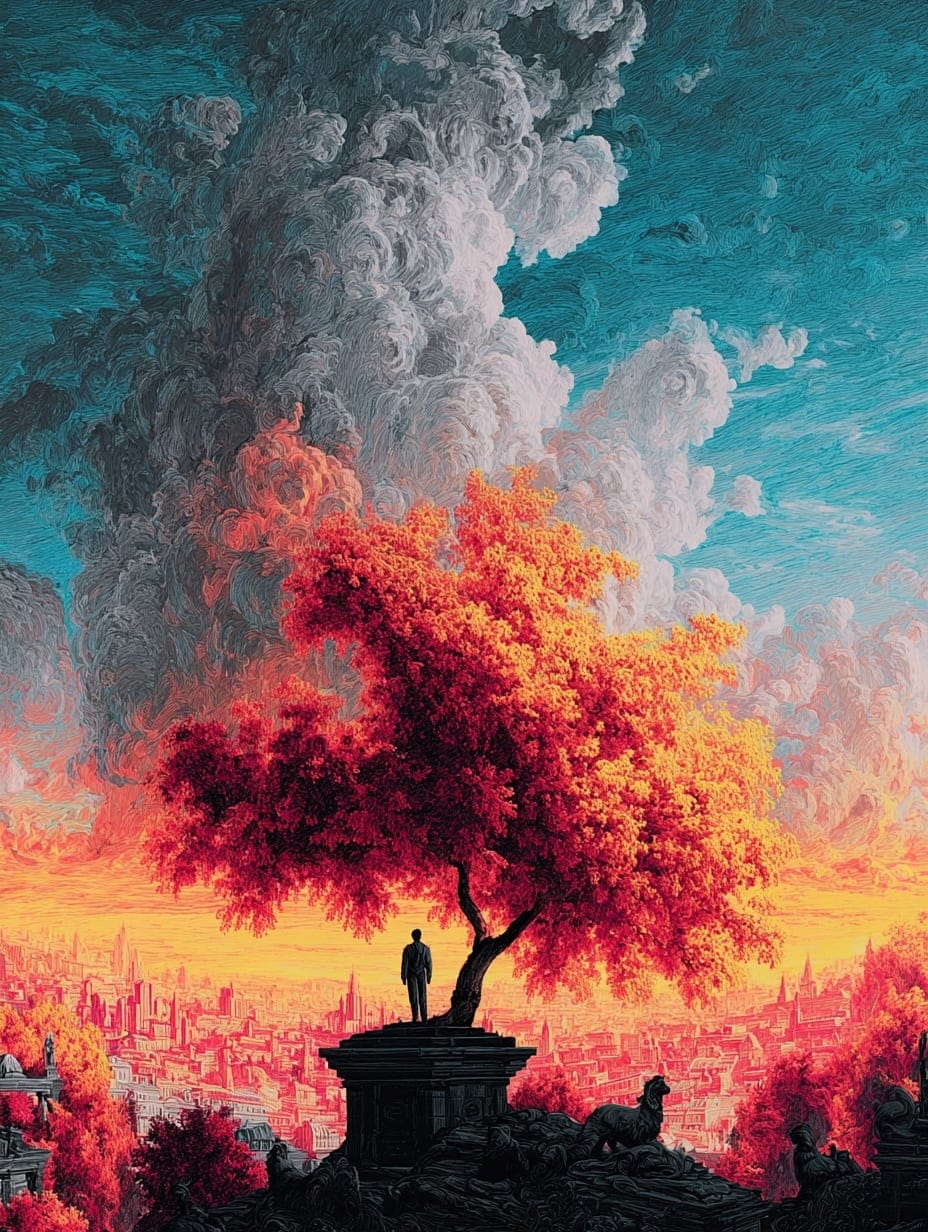Art has always been more than just beautiful images on a wall. It's a complex tapestry of human experience, cultural dialogue, and historical context that continues to evolve and challenge our understanding. For too long, traditional art history has been dominated by a narrow, Eurocentric perspective that overlooked the rich contributions of marginalized artists and communities.
Rediscovering Forgotten Artistic Voices
The art world is experiencing a transformative moment of reclamation and recognition. Countless artists have been systematically erased from mainstream narratives, their work overlooked or intentionally suppressed due to racial, gender, and socioeconomic barriers. Today, historians and curators are actively working to restore these forgotten voices, bringing to light incredible stories of creativity and resilience.
Take, for example, the remarkable story of Augusta Savage, an African American sculptor who was a pivotal figure in the Harlem Renaissance. Despite facing extreme racial discrimination, she created powerful works that challenged societal norms and celebrated Black culture. Her sculptures, which often depicted the dignity and strength of African American communities, were groundbreaking yet remained largely unknown for decades.
Decolonizing Art Historical Narratives
The process of decolonizing art history is about more than just adding missing names to textbooks. It's a fundamental reimagining of how we understand artistic creation and cultural expression. Traditional art historical frameworks have often treated non-Western art as primitive or ethnographic, rather than recognizing the sophisticated artistic traditions and complex cultural contexts from which these works emerged.
Museums and academic institutions are now critically examining their collections and interpretive strategies. This means not just displaying artworks, but providing nuanced context that respects the original cultural significance and challenges colonial perspectives. Indigenous artists, artists of color, and those from marginalized communities are increasingly taking control of their own narratives, reshaping how their artistic traditions are understood and appreciated.
Provenance research has become a critical tool in this process. By tracing the complex journeys of artworks - understanding how they were acquired, who originally created them, and the historical circumstances of their collection - we gain deeper insights into systems of power, cultural exchange, and artistic production.
The modern art world is increasingly recognizing that diversity isn't just about representation, but about fundamentally restructuring how we think about creativity and artistic value. Contemporary artists are building on these revelatory approaches, creating work that explicitly challenges historical silences and confronts systemic exclusions.
Technology has also played a crucial role in this artistic re-examination. Digital archives, online exhibitions, and global research collaborations have made it possible to connect artistic communities across geographical and temporal boundaries. Scholars can now access and analyze artworks and historical documents in ways that were unimaginable just a few decades ago.
Art movements that were once considered marginal are now being understood as central to understanding global artistic development. The Brazilian Antropofagia movement, for instance, which emerged in the 1920s, is now recognized as a profound critique of colonial cultural dynamics, reimagining cultural absorption and resistance through artistic expression.
These shifts aren't just academic exercises. They represent a profound reimagining of artistic heritage that honors the complexity of human creativity. By expanding our understanding, we create space for more inclusive, nuanced conversations about art's role in society.
The work of reclaiming and recontextualizing artistic histories is ongoing. Each rediscovered artist, each reinterpreted artwork, adds another layer to our collective understanding. It's a continuous process of listening, learning, and challenging our preconceived notions about creativity, culture, and representation.
As we move forward, the art world becomes a more dynamic, rich, and truly global conversation - one that celebrates the incredible diversity of human artistic expression in all its complexity and beauty.
Subscribe to my newsletter to get the latest updates and news









Member discussion